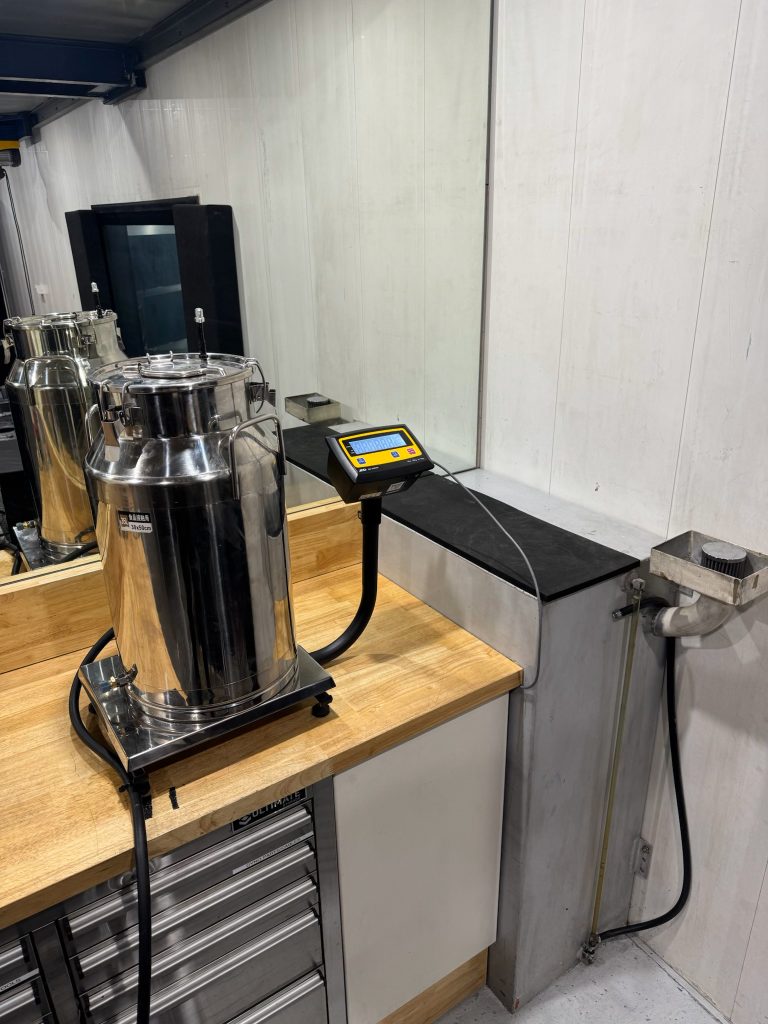Overview:
To use, or not to use, Ring Free plus is a commonly asked question, both here and on other Yamaha forums.
The answer is often split into “waste of money” or, it’s great “I’ve used it on my engine and never had a problem”
But how does anyone know if Ring Free is beneficial without doing a genuine back-to-back test?
To conduct an accurate test, you would need two engines. One engine running Ring Free, one running standard fuel, and running the two engines under identical conditions and loads before stripping the two engines to compare the results. It is the only way to get an accurate and direct comparison. OR IS IT?
After going down the Ring Free “rabbit-hole”, trying to find any genuine testing, I was simply unable to find any such test. Sure, you find endless opinions and plenty of people have done reviews, basically comprising of reading the benefits from the bottle label, but nowhere was I able to find a genuine test and the corresponding results.
Well, that leads to the old saying that if you want to do something well, better do it yourself.
With the testing equipment and data logging we have at Nizpro I thought it was certainly possible to run a series of tests, but these are highly expensive and massively time consuming.
Even testing two engines in perfectly controlled conditions still will have a margin of error, so how would I come up with a test that would leave no doubt in the results and be more cost and time effective.
After finishing the final development of our performance tune and stage one power upgrades for the Yamaha XF425 XTO a light bulb went off.
The XTO is the perfect engine for this test. The XTO has two separate, high pressure fuel pumps for its Direct Injection (DI) system; one for the right bank of cylinders and one for the left bank. These two high pressure pumps are driven from a lobe on the camshaft of each bank, and they are fed fuel from a single VST tank that has two low pressure (60 psi) pumps. So, by adding an extra VST tank and low-pressure pump, I could now feed the hi-pressure pumps with a totally different fuel supply. You got it, one tank running standard pump 89 octane fuel and the other using 89 octane with Ring Free.
Bingo!
We can now conduct testing with a single engine and, therefore, all running and climate conditions are identical.
We can view the results as two separate 4 cylinder engines, one using Ring Free and the other not.
Here you can see the added VST pump, simply cable tied to the front of the XTO .
The secondary fuel tank containing ringfee can be seen sitting on the scales for accurate dosing of the ring free, main tank is on the left.
The XTO also has a very similar design to many Yamaha models. It is essentially a pair of 2.8L F200 engines joined together. It runs the same piston material, ring pack, and plasma fused sleeveless cylinder liners as all the 4.2 V6 Offshore and SHO engines. Basically, the XTO is a 4.2L V6 with two cylinders added to the top of the cylinder block.
Test details to follow





